When you decide to be a homesteader, you always want to make sure that everything you do is organic.
One of the most important elements is gathering or harvesting rainwater. Without water, we would never survive and wouldn’t be able to do anything.
I have written an article on this website prior, about how to harvest rainwater. It’s true the rain just falls down on us and all we need to do is channel it. That’s it. Right? No! totally wrong!
I’ll explain why and how it is not as easy as it looks. While we love to read positive aspects, we need to be informed of the negative side. Only then can we rectify those errors and forge ahead to self-sufficiency. No matter how much we keep our environment free from pollution, what goes up comes down to us.
With so many environmental disasters, accidents, and pollution that is sometimes released on purpose; scientific experiments that release toxic elements into the air, poisonous gases, and all this contribute to what forms rain clouds above us.
Channel The Water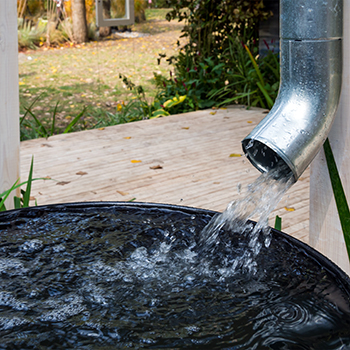
It is probably the easiest way to collect rainwater. However, what we sometimes forget is that the roof can have things trapped on it during heavy rains. The gutters can also have debris collected that can contaminate the water.
Even though you may not use rainwater for drinking purposes, still using it for washing, for animals, for plants, etc can cause skin rashes, allergies, and even have crops destroyed. You may not even be aware that the cause was due to the rainwater you harvested.
I have personally had such an experience when there were prickly caterpillars that had fallen into the water. I had a severe rash using rainwater for a shower. Didn’t realize what the culprit was until I was itching all over.
Once I got to the root cause of it, I found out that a fruit tree had become home to some prickly caterpillars. They were hanging on the tree more than the fruits. They had fallen into the collected rainwater.
Luckily I always have an antihistamine in my medicine cupboard and I guess I got off it easily. However, it taught me a valuable and itchy lesson.
Having Open Containers 
Water is to some amphibians what a swimming pool is to us humans. I have had my water containing droppings in it. On carefully monitoring what had happened I found that a huge toad in my garden found that he could bathe and droppings in the collected rainwater. He had the audacity to swim around when I tried to catch him. There are also some reptiles who love to take a dip, not to mention huge snails that get into the harvested rainwater. It is my fault for leaving the water open.
Another major issue is that mosquitos find their way into the water and before you know it the water is full of mosquito larvae. A dangerous thing can be that the dengue mosquito loves fresh water and not only will I endanger myself but also others.
This is something that I really felt guilty about when I discovered it and vowed to be more careful. I could never try to be self-sufficient and spread an epidemic due to carelessness. I have had a chemical factory explode in an area not so close to me.
When the rains came I was extremely mindful not to collect any rainwater. I noticed that with the rain the plants would wither and die. I didn’t want to think about what it would do had I used it for any other purpose. Also, I lost some fruit trees and vegetables as a result of this acid rain.
Moss & Slime At The Bottom Of Harvested Rainwater
One thing I learned was to make sure I used the water harvested. By the time I got to the end of the water, I found a thick layer of slimy sludge sitting at the bottom. For whatever it’s worth now I add a little sea salt into the water collected.
That way it prevents this type of slime and deters any insects or critters due to the slight salinity.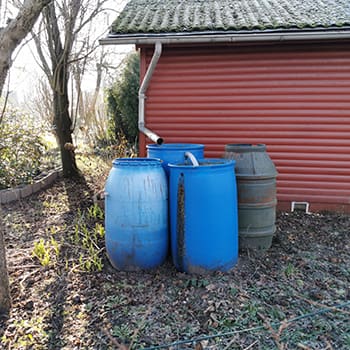
Overflowing Pipes Or Cracked Pipes
Sometimes in my excitement to start on a new project, I have had to encounter some errors. Using PVC pipes that I already had in stock and chains to control the flow of water, I forgot to check for any cracks in the pipes.
When this happens then the amount of water that is supposed to flow through goes out and hits the ground. The worst part is that rainwater splashes all over the place from the cracked pipes making a mess of things.
I also have little critters like squirrels mice and even birds hanging on the chains and making the rainwater take a totally different route, other than into the utensil I have placed.
What You Should Be Aware Of
- Have your roof checked prior to the rains. Make sure there are no obstructions.
- Secure the pipes and chains with brackets or anything that will keep it steady, so the water falls quickly.
- Make sure there are no holes or cracks if you are using pipes you already have in stock, like I did.
- Make sure the utensils can handle the pressure of the rainwater falling.
It would be a waste if it collapsed due to the heavy flow of water. Make yourself aware of any environmental issues in and around your area.
If you know that you will have acid rain and polluted rain clouds then don’t harvest during that period.
Always pay attention to the weather forecasts. It is of utmost importance when it comes to harvesting rainwater. Be extremely wary of rodents. It is dangerous to have rat urine contaminated water. Ensure every utensil can be closed once filled and add some sea salt.
From my experience of trial and error, it is imperative that you check thoroughly prior to starting to harvest rainwater. We are not totally in control of climates and therefore I strongly advise exercising caution. Sometimes the things we assume are easy to do can lead to unpleasant situations. Researching prior to commencing any project, making inquiries, and asking those already doing it, is the sure way to avoid any major disasters.
You may also like:
Water Ban: How To Keep Your Garden Growing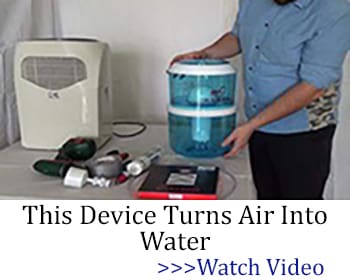
New Invention 12X More Efficient Than Solar Panels (Video)
10 Civil War Foods Every Homesteader Should Know And Try

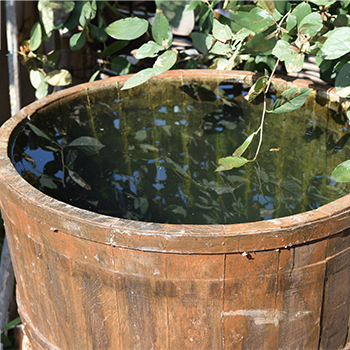
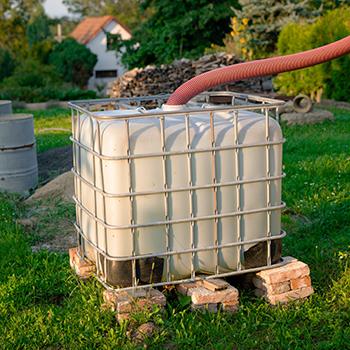








Good points given .